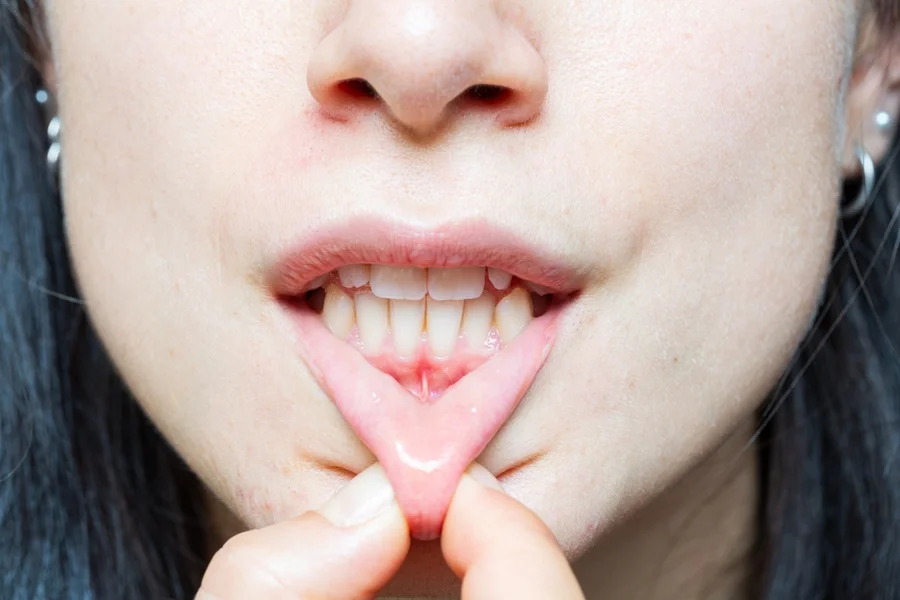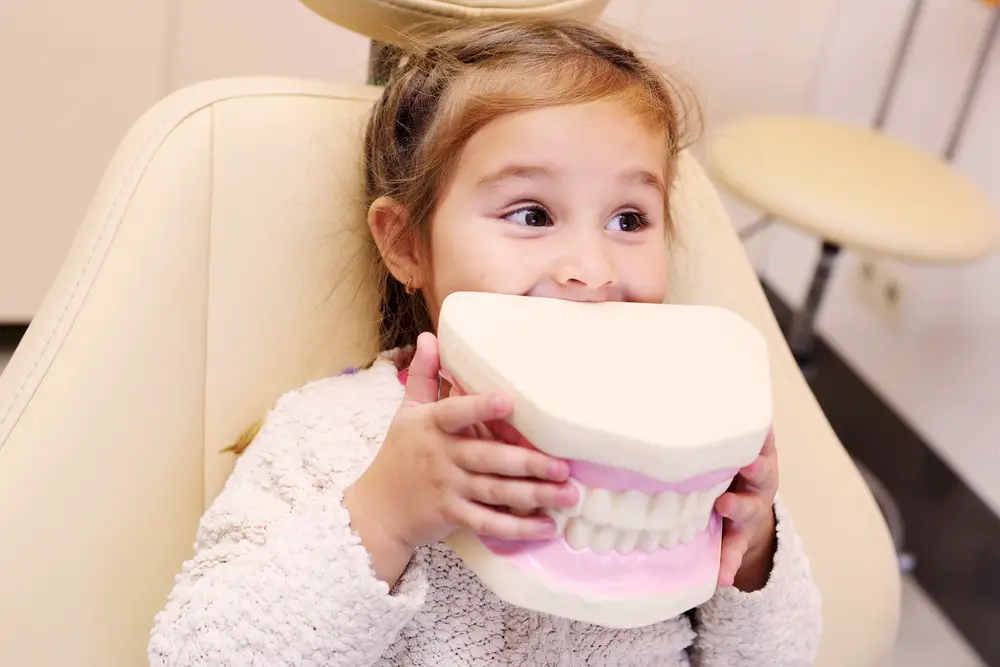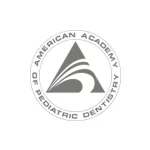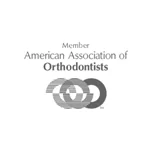
Blog Summary:
- More than 42% of adults over 30 have some form of gum disease, and gum recession is a common symptom that can lead to serious dental problems if left untreated.
- Brushing too aggressively, using abrasive toothpaste, and skipping daily flossing are top contributors to gum recession—but all can be corrected with proper technique and products.
- A healthy diet rich in vitamin C, CoQ10, and omega-3s supports gum tissue and may help reduce inflammation and prevent progression of gum disease.
- Regular dental visits are essential to monitor gum health, catch recession early, and perform cleanings or treatments like scaling or root planing when needed.
- By following five simple steps at home, you can fix a receding gum line without surgery and protect your smile for the long term.
Did you know that more than 42% of all adults ages 30 and up have some form of gum disease, and about 8% have severe gum disease?
Receding gums are often a symptom of periodontal disease, also known as gum disease, which is an infection that damages the soft tissue and bone around the teeth.
Gum disease starts with Gingivitis, or red, swollen, and bleeding gums. When left untreated, however, Gingivitis can progress into periodontal disease, leading to gum recession and even tooth loss.
The good news is that gum disease is usually highly preventable. If you do have it, chances are you can stop or slow its progression by integrating some simple oral care habits into your daily routine. But how much does it cost to fix receding gums? What’s involved? Specifically, what steps should you take?
We invite you to follow these five super steps to learn how to heal receding gums without surgery!
How to Fix a Receding Gum Line Without Surgery in 5 Steps
All you need is about 10 minutes a day, a soft-bristled toothbrush, fluoride or hydroxyapatite toothpaste, PFOA/PFAs-free dental floss, or a water flosser. If you act preventatively to avoid major surgery, fixing a receding gumline is a fairly low-cost endeavor!
1. Brush Gently Using a Soft-Bristled Toothbrush or Smart Toothbrush
Did you know that brushing your teeth too vigorously is a leading cause of gum recession? Both firm pressure and medium or hard bristles can contribute to gum recession that may eventually lead to tooth loss. Even in instances where tooth loss never occurs (which is most people), gum recession can still cause intense toothaches and unpleasant sensitivity.
So be sure to brush gently in small circular motions at a 45-degree angle to the gum line and avoid scrubbing side to side.
Pro Tip: Many people find that using a smart toothbrush with a pressure sensor helps them brush with the right amount of pressure!
2. Choose Your Toothpaste Wisely
The best toothpastes for receding gums are often labeled for sensitive teeth or antigingivitis. Avoid whitening pastes and abrasive formulations, which can cause more damage to delicate gum tissue.
Instead, choose a toothpaste with either fluoride or hydroxyapatite – or both – and make sure it has been formulated to protect your oral microbiome and support whole-mouth health as well (SuperMouth toothpaste is a great option).
3. Floss at Least Once a Day, But Gently
As the National Institute of Dental and Craniofacial Research (NIDCR) notes, failure to remove plaque along the gumline and in between the teeth is a leading cause of gum recession. It works like this: plaque builds up and, over time, hardens, turning into tartar buildup. This causes periodontal disease, which in turn causes gum recession.
Brushing your teeth is good at helping remove plaque along the gumline. But flossing is essential for helping to remove plaque between the teeth. SO it’s important to do both every day!
When flossing, be sure to use the “C-shape” flossing method, curving the floss around each tooth and sliding it gently beneath the gumline, then lifting. Don’t “saw” the floss.
Pro Tip: Consider a water flosser as a gentler option if your gums and teeth are highly sensitive. Otherwise, use a floss with fluoride and prebiotics to support both gum health and overall mouth health.
4. Change Your Diet
Many people forget that there’s a link between diet and gum health! The fact is, like every part of your body, your teeth and gums require certain essential nutrients to stay healthy, not to mention potentially even stimulate regeneration.
Studies have linked poor gum health to a low intake of things like CoQ10, omega-3s, and vitamin C!
Consider talking to your doctor about adding more leafy greens, citrus fruits, berries, and omega-3-rich foods like flax or salmon to your diet. If deficient, supplements may also be recommended.
Meanwhile, try to cut back on excessive starchy/sticky carbs, sugar, and processed foods.
5. Visit the Dentist Regularly for Evaluations and Cleanings
Home care is essential, but it’s not a substitute for professional dental care. It is, therefore, important to visit a dentist regularly for routine preventative exams where your gum pockets will be measured, you’ll be checked for inflammation or infection, and you’ll often have X-rays taken to assess bone levels in the teeth and jaw.
After these assessments, your dentist might recommend everything from scaling and root planing to laser therapy.
Take Action to Protect Your Gum Health Now
Your teeth might be the superstars of your mouth, but your gums are the foundation of your smile! As noted by the NIDCR and ADA, periodontal disease and gum recession are serious business. But they’re also both highly preventable conditions!
By making small changes like switching out your toothbrush, using the right technique when brushing, flossing correctly and regularly, choosing the right products, and going to the dentist regularly for cleanings and checkups, you can potentially help prevent the development or further progression of gum disease and gum recession!
Take action today to get started! Book a consultation with The Super Dentists at one of our convenient locations near you and let our tooth-loving crew recommend the right care for a healthier smile!











